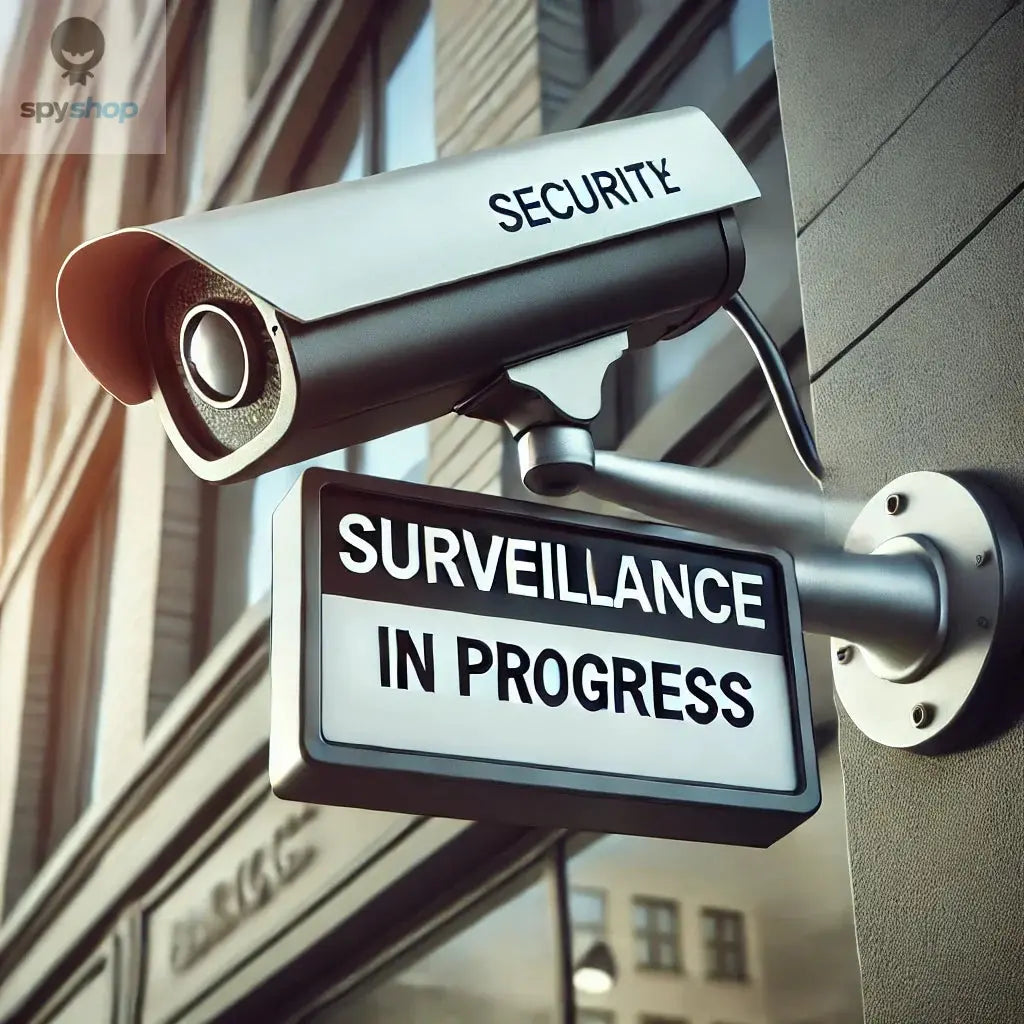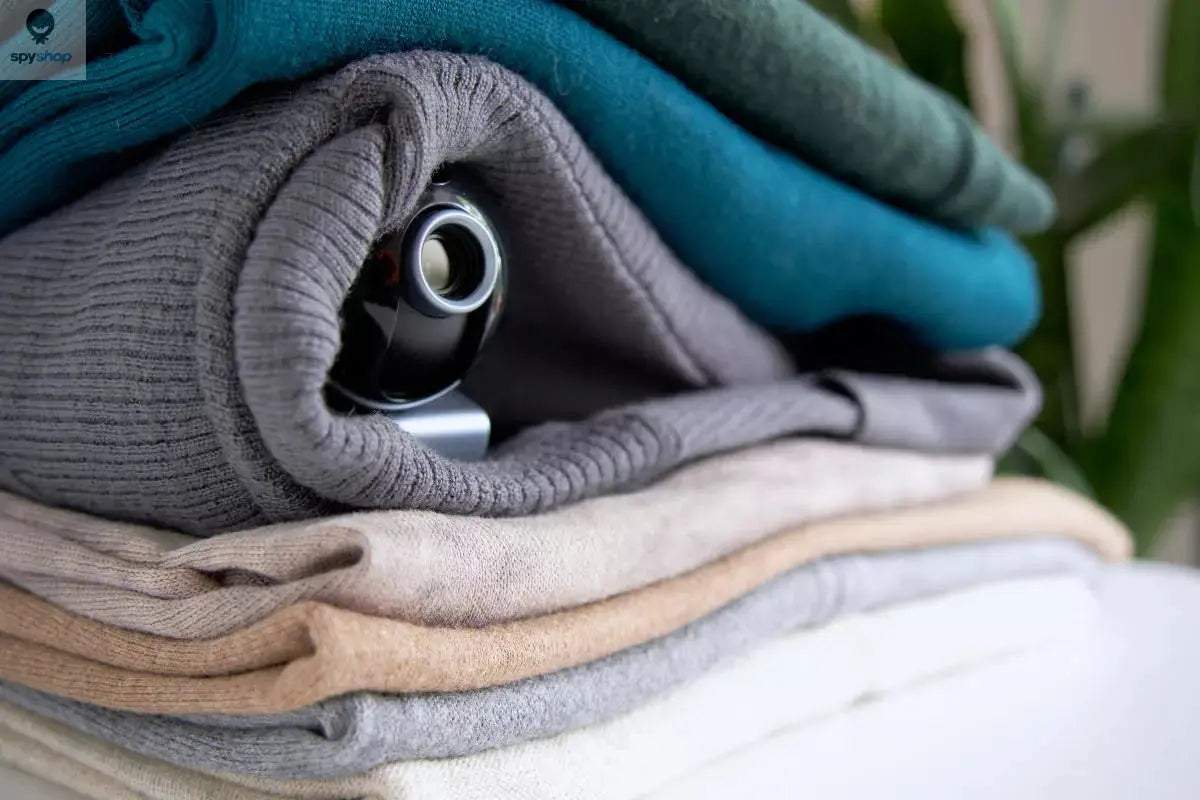
Security Camera Installation: Legal Guidelines & Best Practices #SurveillanceRegulations #HomeSecurity
Security Camera Installation: Best Practices and Legal Considerations
Security Camera Installation Ensuring the safety of your home and loved ones is a top priority, and installing security cameras is one of the most effective ways to enhance your home security. Surveillance cameras provide round-the-clock monitoring, motion-triggered alerts, and valuable evidence in the unfortunate event of a break-in. However, before installing a security system, it is essential to understand the legal requirements to avoid potential misuse or privacy violations.
Installing Surveillance Cameras in Private Properties #CCTVLaws
In most cases, homeowners do not need permission to install CCTV on their privately owned property. However, exceptions exist:
-
Listed Buildings & Rental Properties
-
If you live in a listed building or rental property, you may need the building owner’s consent before installing security cameras. This is because drilling or modifying the property can alter the building’s structure.
-
-
Privacy Considerations
-
Security cameras should be installed responsibly and must not be used to spy on neighbors or household members.
-
Cameras should focus on crime-vulnerable areas such as entrances, hallways, and garages.
-
The justification for the placement of cameras should align with security concerns rather than intrusive monitoring.
-
Recording Footage Outside the Home #LegalGuidelines
Capturing surveillance footage outside your property can introduce additional legal considerations:
-
Public Areas & Neighboring Properties
-
If your cameras capture footage beyond your home’s boundaries, such as sidewalks, roads, or neighboring properties, data privacy laws may apply.
-
In the UK and EU, surveillance that extends beyond private property is subject to the General Data Protection Regulation (GDPR) and the Data Protection Act 2018 (DPA18).
-
-
Becoming a Data Controller
-
When recording shared spaces or public areas, homeowners effectively become Data Controllers and must comply with data protection laws.
-
Individuals recorded on your surveillance system have the right to request access to footage containing their images.
-
-
Complying with Subject Access Requests (SARs)
-
If a person requests footage recorded of them, you must provide access within one month of their request.
-
Proper signage must be placed around your property, notifying passersby that they are under surveillance.
-
Best Practices for Security Camera Installation #RespectPrivacy
To balance security and privacy concerns, follow these best practices when setting up your surveillance system:
-
Minimize Intrusion
-
Position cameras to monitor entry points, driveways, and vulnerable areas rather than capturing footage of neighboring properties.
-
-
Notify Residents & Visitors
-
If your cameras record shared spaces, inform household members and place visible signs to alert visitors and neighbors.
-
-
Store Footage Responsibly
-
Keep recorded footage for a reasonable period, typically no longer than 30 days, unless needed for an ongoing investigation.
-
-
Use Secure Storage Solutions
-
Protect stored footage with encryption and strong passwords to prevent unauthorized access.
-
Conclusion: Ensuring Compliance & Security #StayProtected
Installing security cameras is a great step toward enhancing home safety, but it’s crucial to be aware of privacy laws and recording regulations. By understanding and complying with these rules, you can operate your surveillance system responsibly while respecting the rights of others. A well-managed security system benefits everyone by fostering a safer and more secure environment.
Understanding Legal Restrictions
When considering security camera installation, it’s crucial to understand the legal restrictions that may apply. Security cameras should not invade the privacy of individuals, so placing them in private areas, such as bathrooms or bedrooms, is illegal and unethical. Always research your local laws and regulations regarding surveillance, including notification requirements and limitations on recordings. For example, some states require signage to inform the public that they are being recorded, allowing them to feel secure.
Choosing the Right Location
Choosing the right location for your security cameras is essential for their effectiveness. It is advisable to install them in high-traffic areas such as entryways and driveways, but avoid placing them where they can infringe on a neighbor’s property. By positioning your cameras to cover your property efficiently without invading others’ privacy, you maintain respect for your community and comply with regulations. Additionally, consider potential obstructions like trees or buildings that could block views.
Regular Maintenance and Updates
After your security camera installation, regular maintenance and updates become vital. Keeping your software up to date ensures your devices remain secure from hacking attempts. Plus, regularly checking the cameras for functionality and cleanliness helps maintain clear recording quality. This not only protects your property better, but it also reinforces your commitment to privacy and compliance with legal standards. Document any modifications made to your security system, which aids in adhering to regulations.


